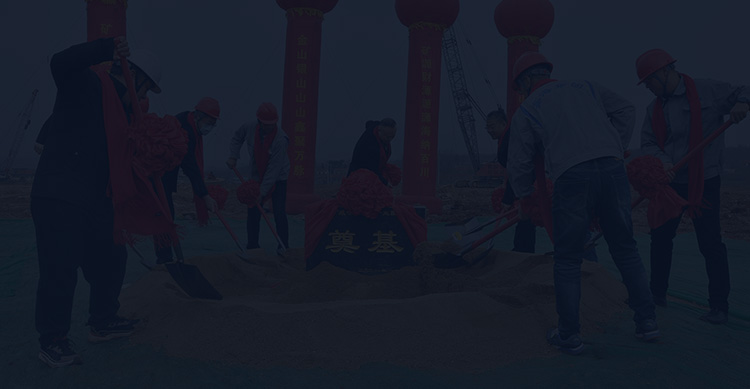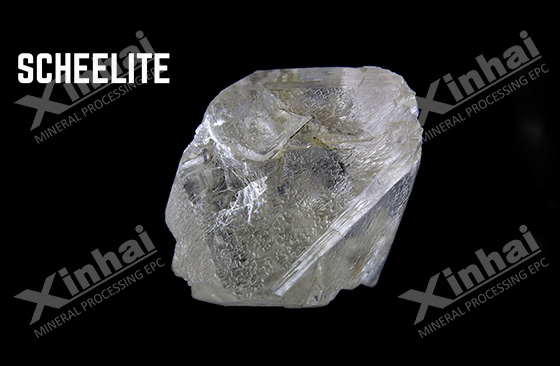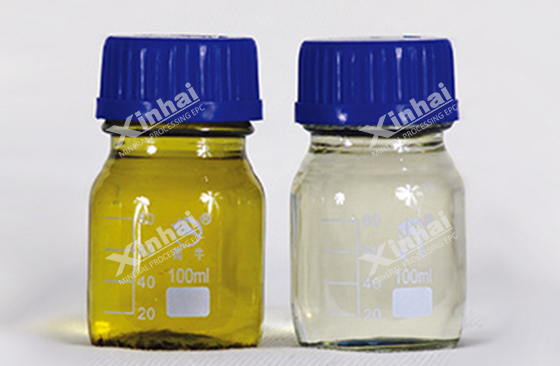
Scheelite is an important tungsten mineral resource, and flotation is one of the important methods for processing tungsten ore. The flotation process of tungsten ore varies according to the differences in ore distribution and associated minerals. The use of collectors, frothers, regulators and other reagents during flotation can achieve efficient recovery of minerals. In actual production, tungsten ore flotation is often used in combination with gravity separation, magnetic separation and other methods to optimize the flotation effect. The following article mainly introduces the key points of scheelite flotation technology around flotation process, separation method and reagent system.
In actual production, although scheelite has good floatability, it is also necessary to select the flotation process according to the mineral particle size.

1. Coarse-grained scheelite: Pre-recovery by gravity separation equipment such as shaking table and spiral chute is preferred, and then flotation recovery is performed, which is more economical.
2. Fine-grained embedded scheelite: For higher-grade ores, concentrate can be obtained by flotation process. For low-grade fine-grained ores, flotation can be used to obtain low-grade concentrate first, and then purified by hydrometallurgy.
In the flotation process, the efficient separation of tungsten ore cannot be separated from the help of flotation reagents. Collectors, pH regulators and inhibitors are often used in tungsten ore flotation.

1. Collectors: mainly fatty acids, oleic acid, sodium oleate, etc., mixed with kerosene when used to reduce the amount of reagents.
2. pH regulator: sodium carbonate is added to the slurry to control the pH value at 9-10, which is conducive to the adsorption of collectors.
3. Inhibitors: mainly water glass, dextrin, starch, etc. can also be added.
.jpg)
1. Scheelite and sulfide ores: First, use xanthate collectors to preferentially float out pyrite, chalcopyrite and other sulfide ores, and then float scheelite. When flotating scheelite, adding a small amount of cyanide to the slurry can further inhibit the influence of residual sulfide minerals on flotation.
2. Scheelite and calcite, fluorite: The flotation is carried out by strong stirring at room temperature. After the scheelite crude ore is concentrated, 10~20 kg/t water glass is added, stirred at room temperature for 14-16 hours, and then the scheelite is floated after dilution. This method is less used in actual production because it is time-consuming. When using the concentrated slurry high temperature method, the coarse concentrate is concentrated to 60-70% solid concentration, water glass is added and heated to above 80℃, stirred for 30-60 minutes and then diluted, and flotation is carried out at room temperature. The products left in the flotation tank are calcite and fluorite. This flotation method is widely used because of its high efficiency.
.jpg)
3. Scheelite and quartz silicates: Water glass preferentially inhibits quartz and silicates, and oleic acid added to the pulp selectively adsorbs the surface of scheelite to achieve effective separation.
4. Scheelite and barite: Because water glass has similar inhibitory effects on scheelite and barite, a two-stage flotation method or a roasting-flotation combined method is required. In the two-stage flotation, sodium salt of alkyl sulfate is added to the acidic pulp to float out the mixed concentrate, and then water glass is added to the strong acid medium to float barite. The product in the tank is scheelite. The roasting-flotation combined method is to roast and dilute the coarse concentrate at 300°C, activate the barite with barium chloride and flotate it. The tailings can be subjected to secondary flotation to obtain low-grade scheelite concentrate, which is then sent to hydrometallurgical treatment.
5. Separation of tungsten and molybdenum: adopt the preferential flotation method and high temperature concentration method. The preferential flotation method is to first float out the molybdenum ore, and then use oleic acid to float the scheelite. The high temperature concentration method is to concentrate the rough concentrate, add excessive water glass, and then steam heat to above 90℃ for stirring. After 30-40 minutes, filter and slurry, and then go through two concentrations to obtain high-grade scheelite concentrate.
.png)
1. Scheelite collector
- Anionic type: oleic acid, sodium oleate, sodium salt of alkyl sulfate, etc. They are suitable for different environments and should be selected according to the situation.
- Cationic type: dodecylamine can effectively float scheelite in the presence of calcium, magnesium and sodium salts.
- Amphoteric collector: It has both anionic and cationic properties and has high selectivity for scheelite.
2. Inhibitors and dispersants
- Water glass: core inhibitor, which also has the function of dispersing ore mud. The dosage and action conditions vary depending on the type of mineral.
- Organic inhibitors: dextrin and starch are used to assist in suppressing gangue.
3. Activators and pH adjusters
- Barium chloride: activates the surface of barite and promotes its flotation.
- Sodium carbonate: maintains an alkaline environment and optimizes the performance of fatty acid collectors..jpg)
The above is an introduction to the flotation process and flotation reagent system of scheelite. The scheelite flotation needs to be designed according to the characteristics of the ore, and the problem of separation from associated minerals needs to be solved, and a reasonable reagent system needs to be selected to achieve efficient separation. Xinhai Mining can tailor mining services for customers according to customer needs, and provide a full range of solutions from ore dressing tests to equipment installation and overall mine operations. With rich industry experience and advanced technology, it can ensure the efficient operation of the dressing plant, ensure the ore recovery rate, reduce operating costs, and improve the economic benefits of mining enterprises.
To find out more about our products and solutions, please fill out the form below and one of our experts will get back to you shortly.